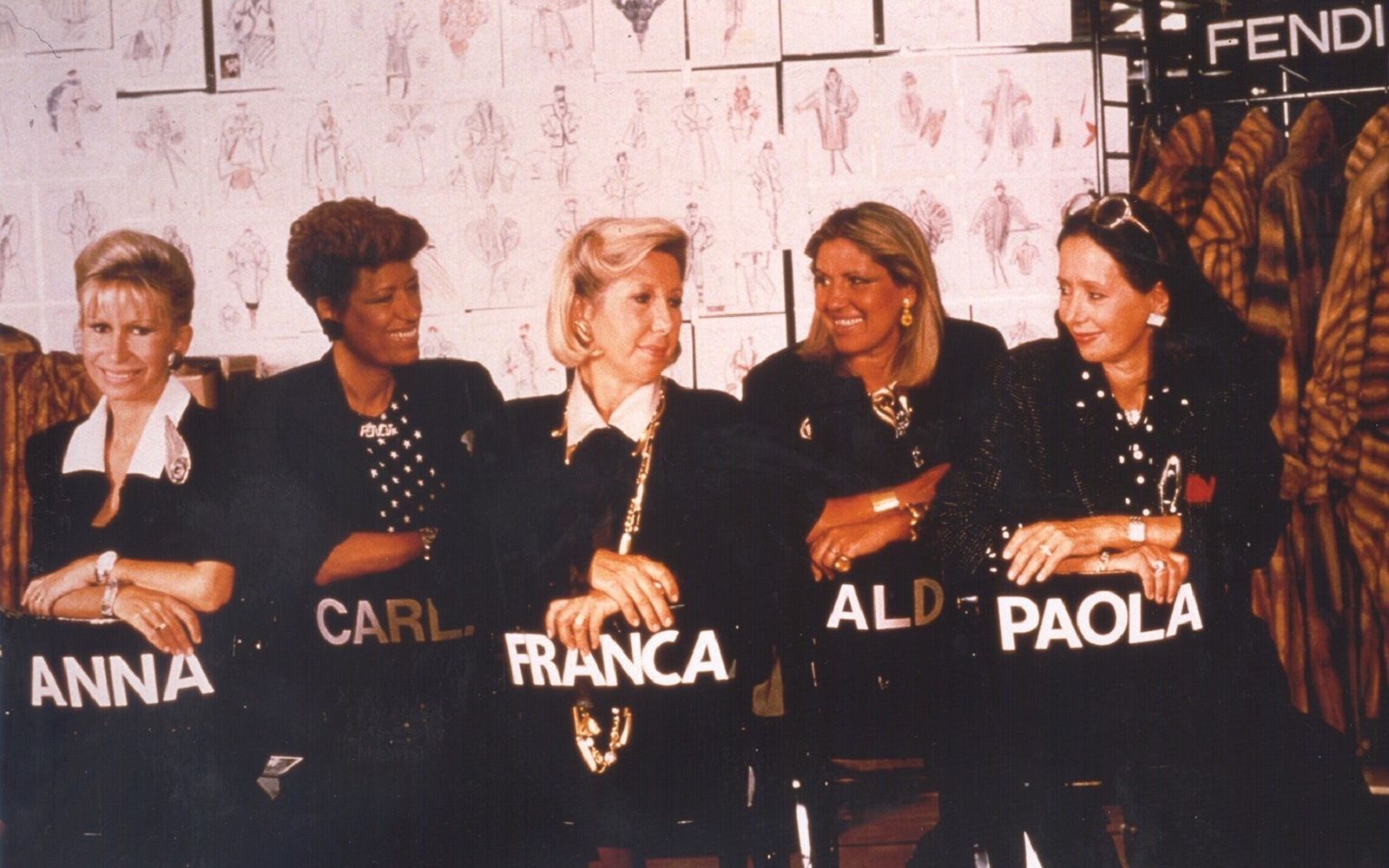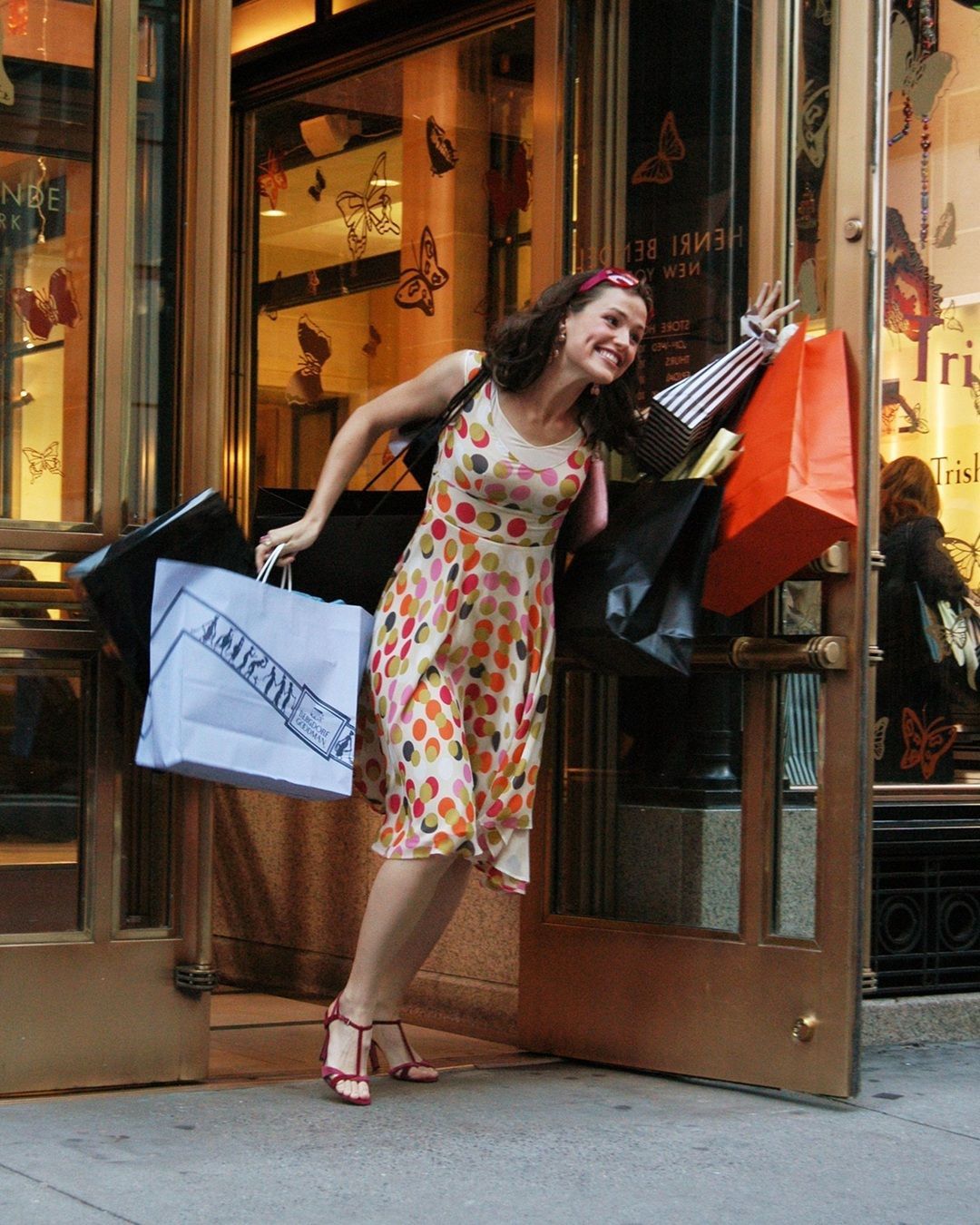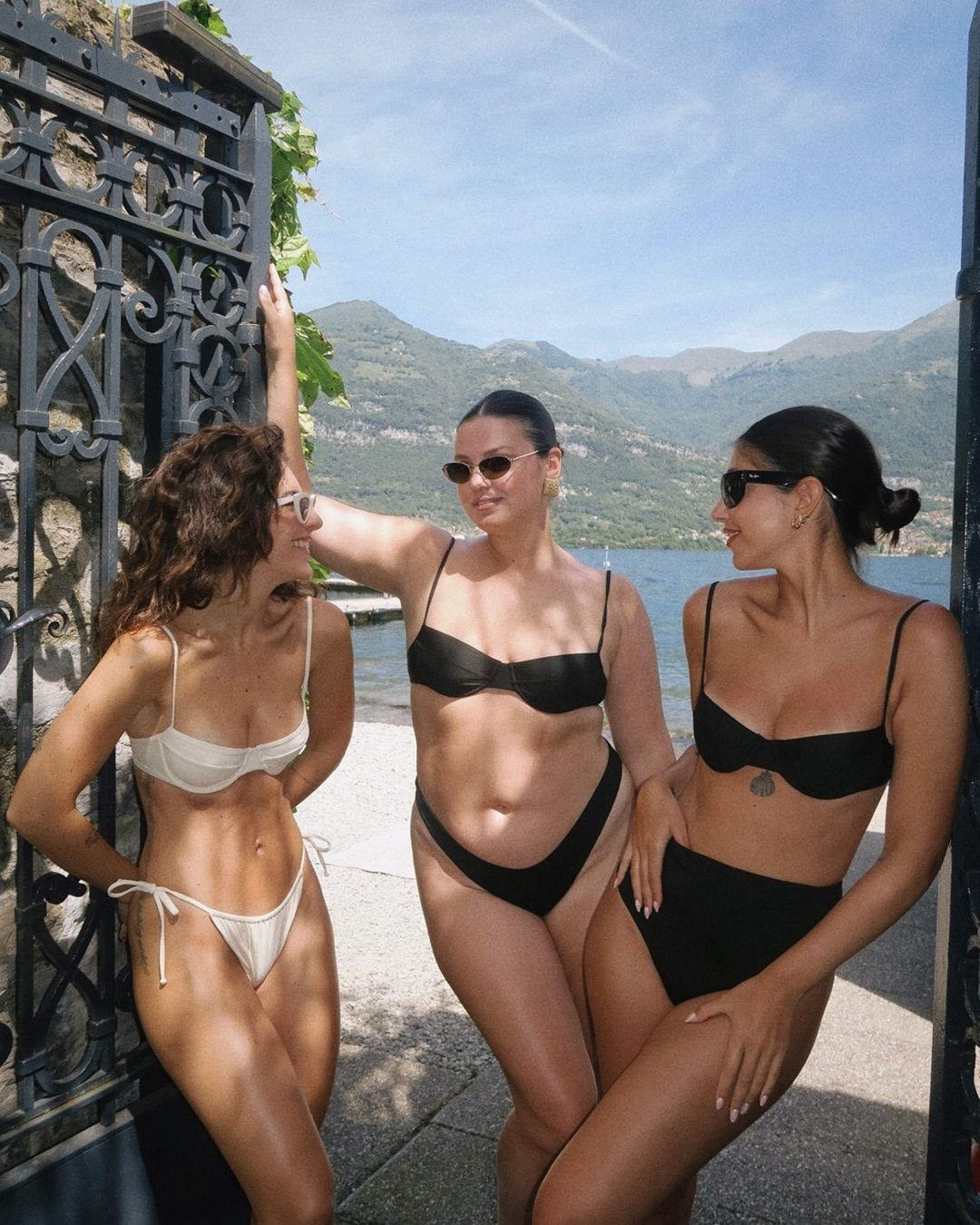
The female success story of the Fendi sisters When sisterhood, creativity and business acumen make fashion history
The logo that now fully represents the logomania strand was born from the exchange of ideas and suggestions of five sisters, united by a passion for fashion and a common vision and the designer for whom this year's Met Gala 2023 will be named, Karl Lagerfeld. Fendi's double F is not only the symbol of a Made in Italy luxury icon that has enjoyed worldwide popularity for decades and that celebrities such as Kendall Jenner and Sarah Jessica Parker love to show off on dresses and accessories (ever heard of Baguette?), but it is the example of an all-female success that has lasted for almost a century and is renewed from collection to collection.
Origins
The company's epic began in 1918 when Adele Casagrande opened in the central Via del Plebiscito a leather and fur store with an adjoining workshop, which in 1925, after her marriage to Edoardo Fendi, became the Fendi boutique. Success was immediate, especially thanks to Adele's pioneering ideas for the Selleria line, which collected leather bags completely cut and sewn by hand by artisans, inspired by horse bridles. The refined furs and leather accessories won over wealthy Roman ladies and those in love with Italian style who visited the Eternal City from all over. The Fendi name began to circulate more and more, and as its products of excellent workmanship became true objects of desire, business expanded in the new Via Borgognona and Via Piave stores.
The sisters
Already on its way to the success that would transform it into a contemporary luxury giant, Fendi's destiny reached a turning point when, after Edoardo's death, the brand was handed over to the five daughters of the founders-Paola, Franca, Carla, Anna, and Alda. A choice that would prove as far-sighted as that, following their personal inclinations, each of them would carve out a different role for herself within the company. Paola oversees the fur segment's workings with the dyes and conce; Franca, oriented towards external relations with clients, is the purchasing manager; Carla, on the other hand, is in charge of the commercial office and the press office; Anna directs the design and licensing office; and finally, Alda has the task of managing the atelier and the fur workshop. Like the five fingers of one hand, they acted independently but organically, with the sole purpose of ferrying Fendi to a bright future.
The Fendi sisters and the partnership with Karl Lagerfeld
The biggest decision of the Fendi sisters was to hire in 1965 a young German designer who, while working at Chloé, had distinguished himself for his talent: Karl Lagerfeld. Their 54-year partnership was studded with experimentation, iconic collections, and creativity. It was Karl a in 1966 who created that double F logo, an allusion to the Maison's must-have Fun Furs, which, initially used as an inner lining pattern for luggage, kicked off logomania and is now an integral part of the entire brand's aesthetic. Under Lagerfeld's creative direction, Fendi continues to evolve, expanding its offerings and becoming desirable to an increasingly broad customer base. Thus, after luxury and funny furs and leather goods, 1977 marked the debut in ready-to-wear clothing, with the first of a long list of collections that, adapting to the times, would move from classic elegance to minimalism, from baroque opulence to contemporary luxury. Each season the brand's fans increase, thanks in part to the garments' appearance in so many cult films (Family Group in an Interior, Once Upon a Time in America, Evita, Marie Antoinette, The Tenenbaums, ...), and celebrities vie to sit in the front row of fashion shows and wear Double F signature dresses, bags, and accessories.
The matriarchy continues
In 1987, Anna's daughter Silvia Venturini Fendi, who grew up watching her mother, aunts, and Lagerfeld change the history of fashion, joins the company. For a few years she was in charge of Fendissime, a second line with a youthful, nonconformist approach in which the brand's iconic furs meet sportswear. Her golden year was 1997, when she presented the Baguette, the first real it-bag that, after appearing in Sex & the City on the arm of Carrie Bradshaw began to be the Holy Grail of fashion accessories with a host of fashionistas ready to shout, like the protagonist of the series, "It's not a bag, it's a baguette!". In 2010, success was repeated with the Peekaboo. Since the late 1990s Silvia has been at the creative direction of Fendi, first alongside Lagerfeld as artistic director of accessories, then of menswear and the children's line, and from 2019, after the departure of the German designer, also of womenswear together with Kim Jones.
























































